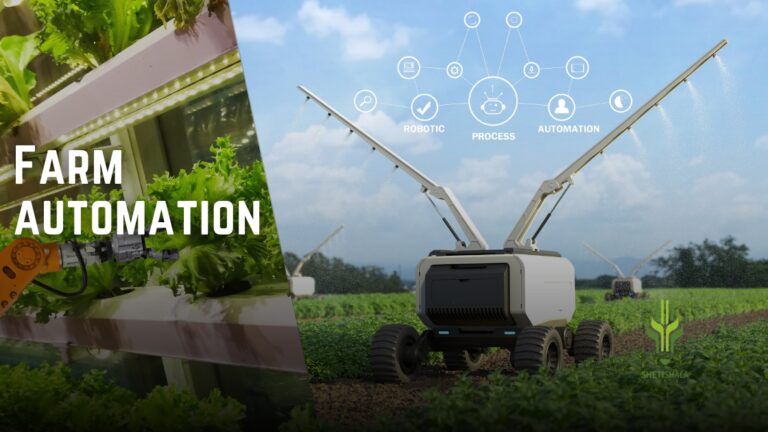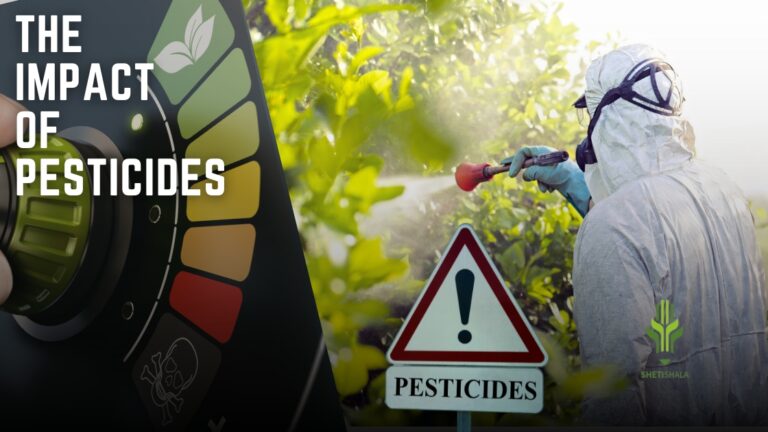
Soil Conservation: Preventing Soil Erosion
Soil erosion is a significant environmental concern. It involves the detachment and transportation of soil particles by wind and water. This post will explore the different forms of water erosion and the measures we can take to prevent them.
Understanding Water Erosion
Water erosion can cause several types of damage by gradually removing soil. These characteristic soil losses include sheet erosion, rill erosion, and gully erosion.

Sheet Erosion
Sheet erosion is the uniform removal of topsoil in a thin layer from the field. It’s the first stage of erosion and occurs when raindrops churn the topsoil, and the muddy water moves away from the field with runoff.

Rill Erosion
Rill erosion occurs when runoff starts, and erosion is no longer uniform. Incisions form on the ground, making erosion more apparent than sheet erosion. This is the second stage of erosion.
Gully Erosion
Gully erosion happens when unchecked rills result in increased channelization of runoff. Gullies form when channelized runoff from vast sloping land is sufficient in volume and velocity to cut deep and wide channels. If unchecked, cultivation becomes difficult.

Runoff: The Main Culprit
Runoff is the excess water from precipitation that moves out of the field and finds its way to rivers, lakes, and oceans. It’s calculated as Runoff = Rainfall – (Infiltration + Interception + Surface storage + Surface detention).

Erosion Preventing Measures
There are several agronomic and mechanical measures we can take to prevent soil erosion.
Agronomic Measures
Agronomic measures are adopted where the slope is less than 2 percent, and erosion problems are not severe. They include contour cultivation, tillage, mulching, and strip cropping.
Contour Cultivation
Contour cultivation includes contour ploughing, contour sowing, and other intercultural operations. By ploughing and sowing across the slope, each ridge of the plough furrow and each row of the crop act as an obstruction to runoff, providing more time for water to enter the soil and reduce soil loss.
Tillage
Tillage can be distinguished into conventional tillage (ploughing, harrowing, planking) and conservation tillage (minimum tillage and zero tillage). Conservation tillage systems can reduce soil loss by 50 percent over conventional tillage.

Mulching
Mulching with plant materials reduces soil loss up to 43 times compared to bare soil and 17 times compared to cropped soil without mulches. They increase infiltration and reduce runoff, making it an essential practice to conserve soil moisture and reduce erosion for agriculture in dry regions.
Strip Cropping
Strip cropping is a system of crop production in which long and narrow strips of erosion-resisting crops are alternated with strips of erosion-permitting crops.

Mechanical Measures
Mechanical measures are adopted to supplement the agronomical practices and when the land slope is more than 2 percent. It includes practices like contour bunding, graded bunding, and bench terracing.
Contour Bunding
Contour bunding is adopted in arid and semi-arid areas with high infiltration and permeability. It’s suitable for lands with up to a 6% slope.
Graded Bunding
Graded bunding is recommended in areas receiving high rainfall and in areas where water is not readily absorbed either due to high rainfall or low intake of soil. It’s suitable for lands having a 6-10% slope.
Bench Terracing:
Bench terracing is a method used on steeply sloping and undulated land where intensive farming is possible only with bench terracing. It is usually practiced on slopes ranging from 16 to 33%.

Zing Terracing:
Zing terracing is adopted in lands with 3 -10 % slopes, and bench terracing is recommended on steeper slopes. Zing terraces are constructed in medium to deep soils in moderate to high rainfall areas.
Vegetative Barriers:
Vegetative barriers are closely spaced plantations, usually a few rows of grasses or shrubs, grown along contours for erosion control. Khus grass (Vetiveria zizanioides) is the most suitable plant for this purpose.
- check my others blogs



